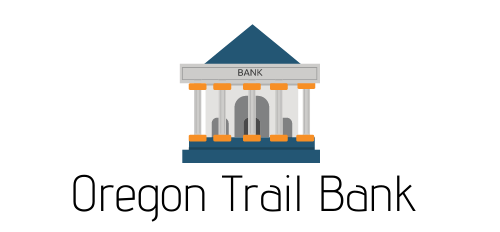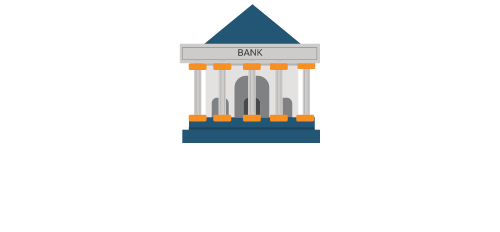How to Stay Updated: Navigating News Sections Effectively in a Polarized Media Landscape

The digital age has transformed how we consume news, creating both opportunities and challenges for staying informed. In today's rapidly evolving and increasingly polarized media landscape, knowing how to navigate news sections effectively has become a vital skill. With declining trust in journalism and the proliferation of misinformation, developing media literacy is essential for distinguishing reliable information from noise.
Identifying quality news sources
As newsrooms shrink and the digital media transformation accelerates, finding trustworthy news sources requires deliberate effort. With only 31% of Americans expressing trust in news media, readers must develop skills to identify reliable journalism amid the noise of social media platforms and partisan outlets.
Recognizing credible journalism standards
Quality journalism adheres to established professional standards that set it apart from other content. Look for news sources that demonstrate consistent fact-checking, separation of news from opinion, and correction of errors when they occur. Media literacy experts recommend diversifying your news intake by consuming information from various perspectives. The phenomenon of filter bubbles, where algorithms show you primarily content that confirms your existing views, can be countered by intentionally seeking diverse viewpoints. For comprehensive analysis of media literacy techniques, visit passportmarketing.es where readers can find additional resources on evaluating news credibility.
Evaluating editorial practices and transparency
Transparency in editorial practices is a key indicator of news reliability. Reputable news organizations clearly identify their ownership, funding sources, and editorial guidelines. They distinguish between news reporting, opinion pieces, and sponsored content. As the earned media ecosystem now includes niche publications, independent newsletters, and podcasts, understanding who produces the content you consume becomes increasingly important. Research shows that grassroots and community news platforms are growing to fill gaps left by shrinking regional newsrooms, with one in five Americans now getting their news from news influencers rather than traditional journalists.
Creating a balanced news diet
Staying informed in today's rapidly evolving media landscape presents unique challenges. With newsroom shrinkage affecting traditional outlets and only 31% of Americans trusting the news, navigating information effectively has become a critical skill. The digital transformation has created an ecosystem where niche publications, independent newsletters, grassroots platforms, and podcasts coexist alongside mainstream media. This fragmentation requires strategic approaches to news consumption.
Diversifying your information channels
Building a balanced news diet starts with diversifying your information sources. Research shows that many people fall into “filter bubbles” where algorithms only show content that confirms existing views. To counter this, include varied perspectives in your news consumption. Media literacy experts recommend engaging with different viewpoints to challenge personal biases and algorithm-driven content selection.
Consider exploring the growing landscape of independent journalism. One in five Americans now get their news from news influencers, with higher percentages among adults under 30. Independent journalists and solo content creators use platforms like Substack and LinkedIn to publish directly to their audiences. Community news platforms are also filling gaps left by shrinking regional newsrooms, offering locally-relevant content often missed by national outlets.
When evaluating news sources, look for clear purpose, relevance, and timeliness. Media literacy specialists suggest understanding the standpoint of authors and publications to better contextualize their reporting. This awareness helps distinguish between factual reporting and opinion-based content that may influence your understanding of issues.
Setting up customized news feeds and alerts
Technology can help streamline your news consumption while maintaining diversity. Creating personalized news feeds allows you to receive stories matched to your interests and prior knowledge without becoming overwhelmed by information overload.
Start by identifying key topics that matter to you personally and professionally. Then, set up news alerts through email services, RSS feeds, or news aggregator apps to receive updates on these specific areas. Many reputable news organizations offer newsletter subscriptions – the Reuters Institute sends updates twice weekly to over 20,000 subscribers, while local outlets like Flatland deliver Kansas City news every Thursday.
When customizing your feeds, be mindful of maintaining balance. Include sources from different political perspectives, local and national coverage, and specialized publications relevant to your interests. Digital tools can help manage this content ecosystem, but the curation process requires intentionality to avoid reinforcing existing biases.
Social media platforms can supplement your news diet but should not be your primary source. Studies show increasing news consumption via social media, where celebrities and influencers often overshadow journalists. When using social platforms for news, follow a mix of established news organizations, independent journalists, and topic experts rather than relying solely on what appears in your general feed.




Recent Comments